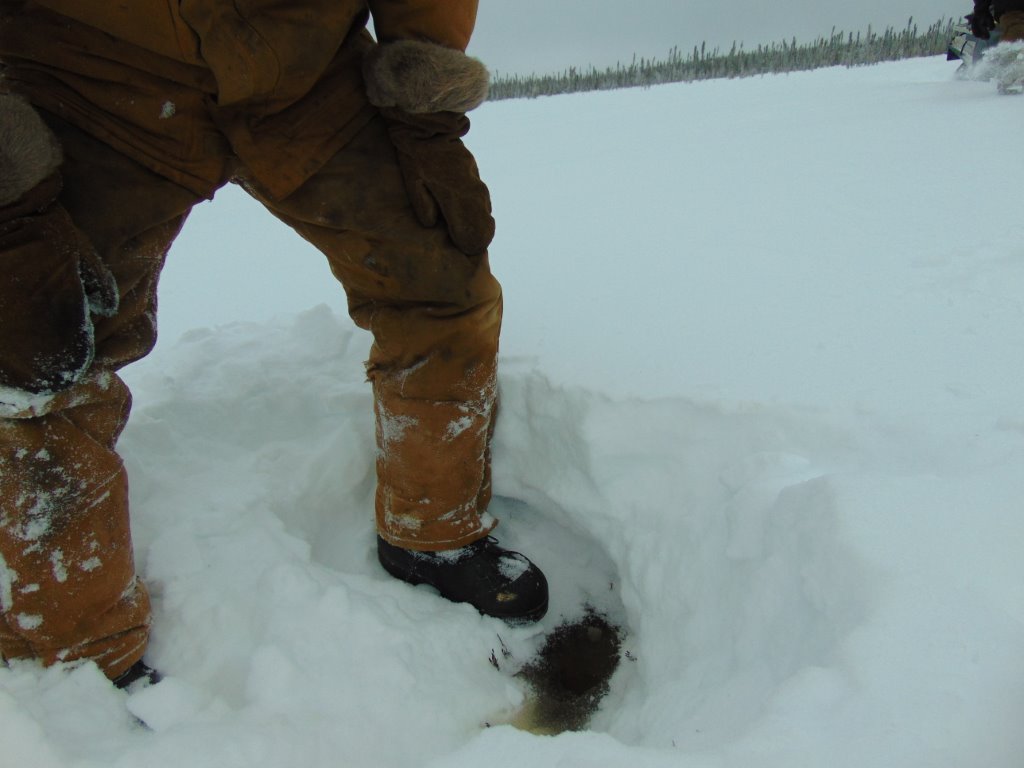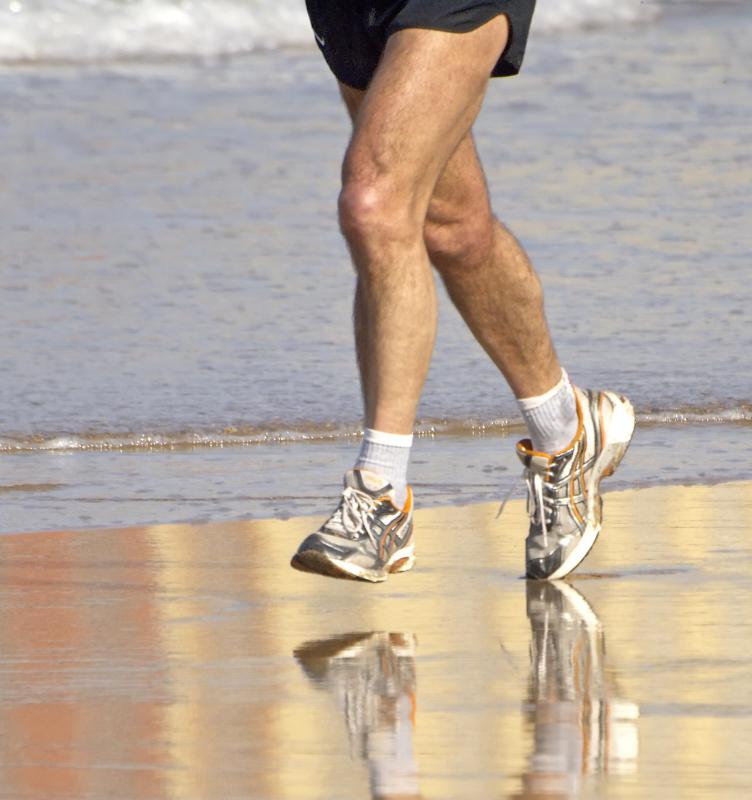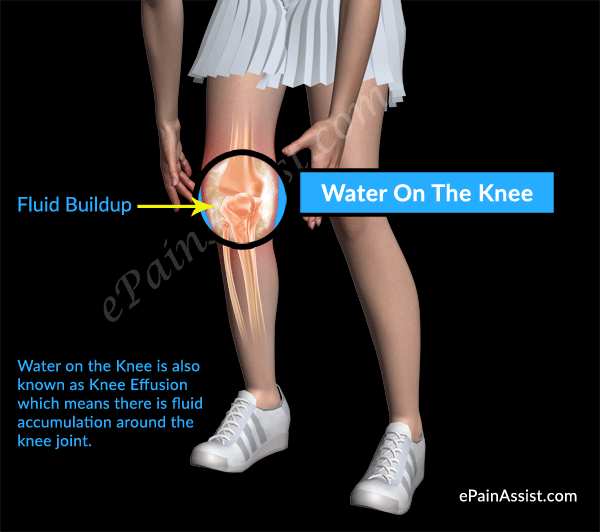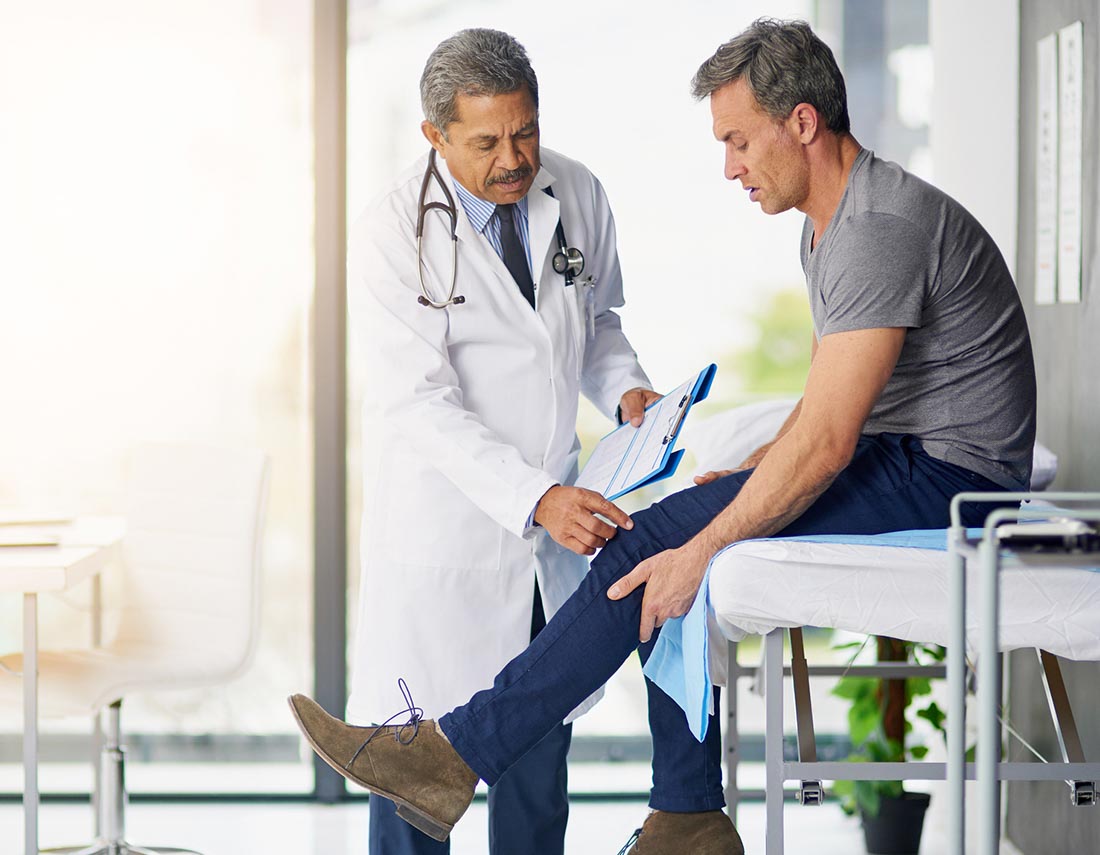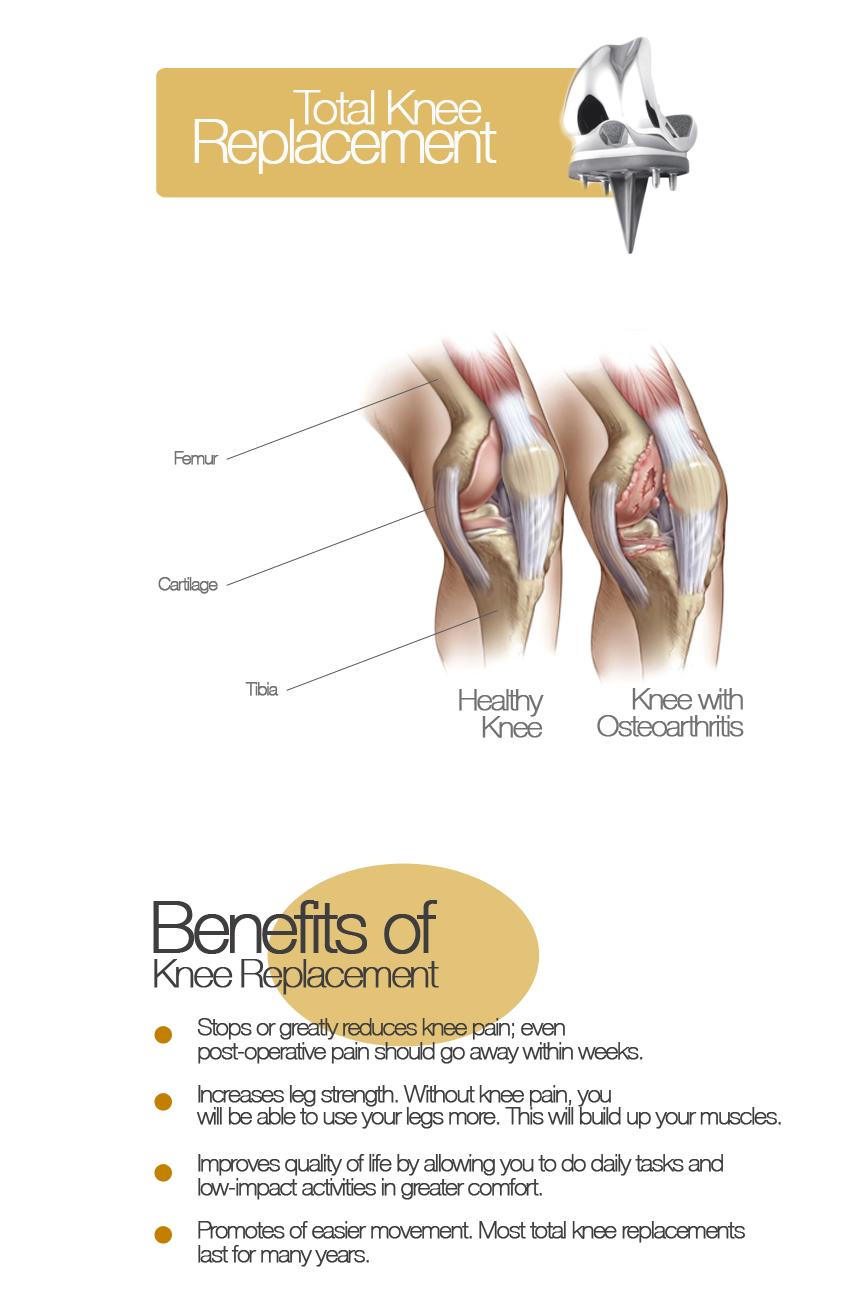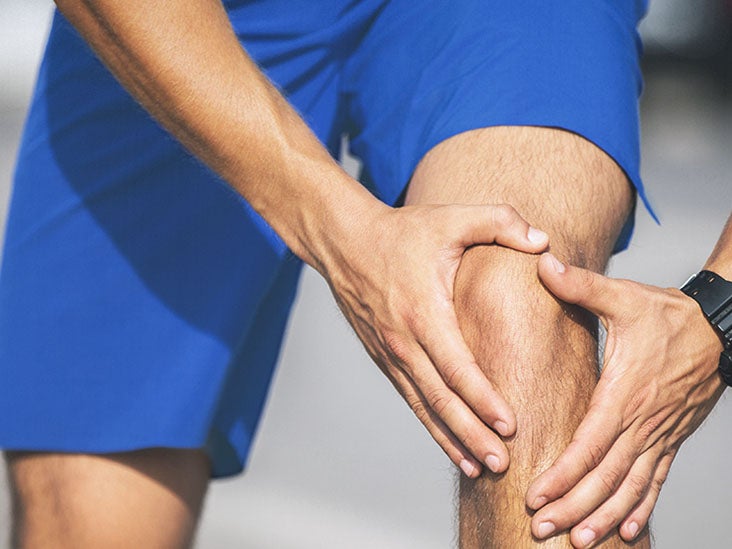Heartwarming Tips About How To Fix Water On The Knee
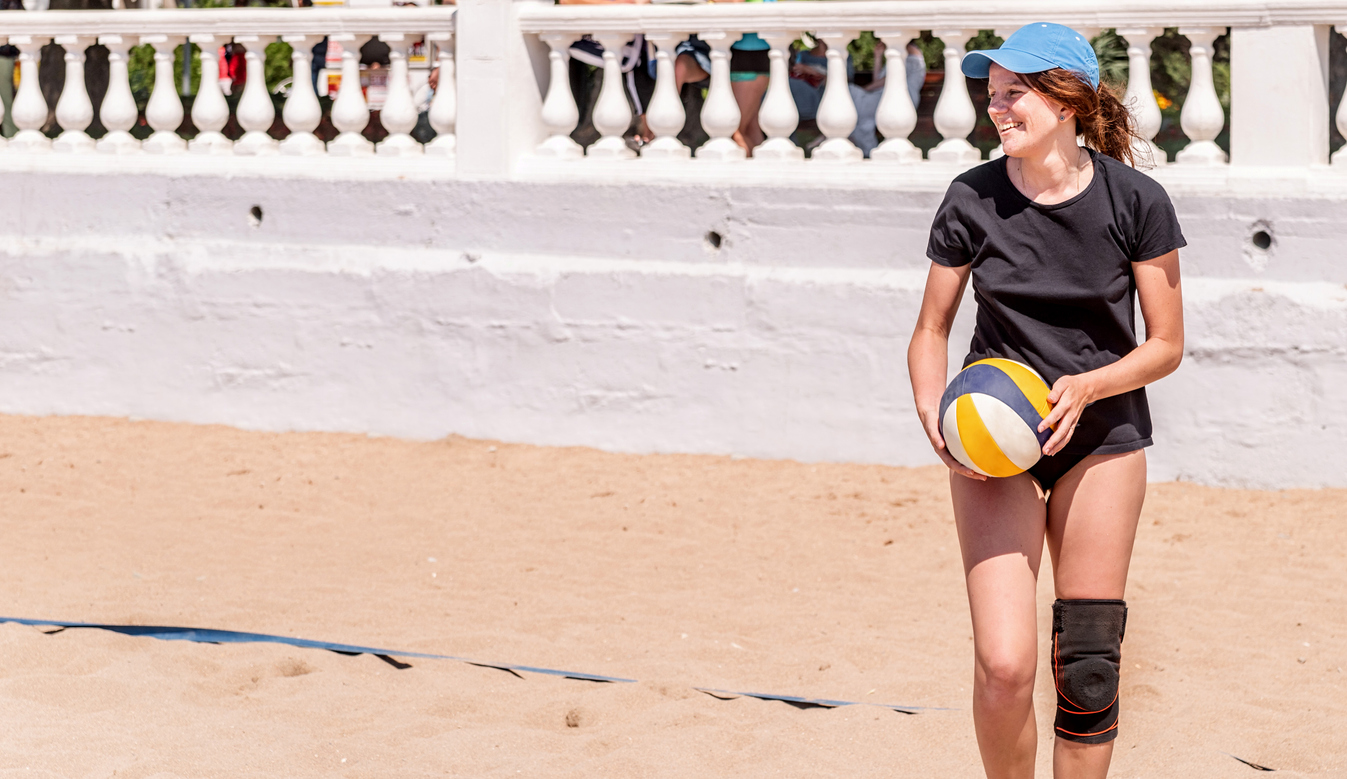
Through a needle inserted into the joint (a procedure called arthrocentesis), according to the mayo clinic.
How to fix water on the knee. You may develop fluid on the knee due to an injury or a health condition such as arthritis. So, what is the best way to drain fluid from your knee? Written by hexahealth care team, last updated on 30 september 2023 | 4 min read.
Mild to moderate knee swelling and knee effusion—sometimes called water on the knee —can usually be treated at home. The right treatment for water on the knee depends on the cause. Look for puffiness around the kneecap or around the sides of the knee.
After removing some of the joint fluid, your doctor might inject a corticosteroid into the joint to treat inflammation. Medical attention is recommended if the knee is persistently swollen or accompanied by severe pain or other serious symptoms. 8 home remedies to reduce knee swelling quickly.
This can help reduce swelling and may also help determine the cause of the effusion, as your doctor will likely send a sample of the fluid to the lab for analysis. Best knee effusion exercises to reduce fluid on knee. Benefits of knee effusion exercises.
Role of exercises for knee effusion. Removing fluid from the knee can help relieve pressure on the joint. 0 seconds of 1 minute, 42 secondsvolume 90% 00:00.
Comparing your two knees is a good way to check to see if there is swelling or redness and to see if is something wrong. Treatment can depend on the cause but may include physical therapy,. How to quickly reduce knee swelling.
Excess fluid accumulates in the synovial cavity, which is the closed space enveloping the joint that holds synovial fluid. Knee effusion, sometimes called water on the knee, occurs when excess fluid accumulates in or around the knee joint. Rest, ice, compression, and elevation can help relieve minor pain directly after an injury.
A lighted tube (arthroscope) is inserted through a small incision into your knee joint. Joint fluid—or synovial fluid—bathes the joint structures to cushion them and reduce friction between them.
